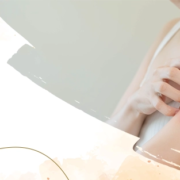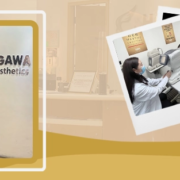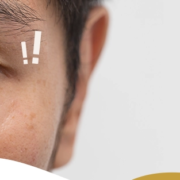Blinking is a Key Part of your Eye Health
Why exactly do we need to blink more often?
If you take a moment to tally your blinks over a minute without altering your natural rhythm, you’ll likely find that an adult blinks between ten to twenty times each minute, with each blink lasting only about a tenth of a second.
Blinking: A Natural Eye Refreshment and Cleansing Process
With every blink, our eyelids perform the crucial task of distributing a fresh layer of tears across our eyes. This action prevents our eyes from becoming dry and helps to clear away small irritants like dust and dirt particles that could disrupt our vision. Should there be an excess of moisture, the surplus tears are expelled through the tear ducts at the eye corners, eventually reaching our nasal passages. This explains the runny nose phenomenon when we cry.
The Impact of Concentration on Blinking
Engrossing activities like reading, playing games, working on projects, or watching TV can significantly reduce our blink rate, sometimes to as few as three times a minute. This rate falls short of what our eyes ideally need to stay well-lubricated and healthy. Consistently blinking too infrequently can lead to problems such as eye strain or dry eye syndrome.
Understanding Dry Eye Syndrome and Its Symptoms
Dry eye syndrome is a common condition that occurs when your eyes don’t produce enough tears or the tears evaporate too quickly. This imbalance can lead to inflammation and damage to the surface of the eye. Symptoms of dry eye can vary widely but typically include a stinging or burning sensation in the eyes, scratchiness, and a feeling as if something is in your eye.
People with dry eye might also experience excessive tearing as a response to the discomfort, blurred vision, especially after long periods of use, and discomfort when wearing contact lenses. In more severe cases, dry eye can contribute to light sensitivity, eye fatigue, and difficulty performing tasks that require visual focus for extended periods. Understanding the signs of dry eye is crucial for seeking timely treatment and preventing potential long-term damage to the eyes.
Encouraging More Frequent Blinking
If you notice that a lack of blinking is contributing to eye discomfort, especially during intense focus periods, it’s beneficial to consciously increase your blink rate. Training your eyes to blink more often is possible with practice. A good starting point is to blink intentionally during moments of thought or while engaged in tasks that don’t require visual focus. Consider setting hourly reminders for blinking exercises to cultivate this habit. Over time, these reminders may become unnecessary. A straightforward exercise to rejuvenate your eyes is to close them, take a short pause, gently squeeze your eyelids, and then reopen your eyes.
The Complexity of Blinking
Though blinking might appear simple, it’s a complex coordination of various elements, including different tear types, oil-producing glands that maintain the tear film, and the muscles that facilitate the act of blinking. This complexity means there are multiple points where complications can arise. If you’re dealing with dry eye or eye strain despite your efforts with blinking exercises, it’s wise to reach out for a professional consultation.
Seeing our patients see clearly with healthy eyes is our greatest joy!
For inquiries, questions, and appointments, call our Patient Care Lines:
Talk to our Consultants via Livechat: https://shinagawa.ph/
Instagram: https://instagram.com/shinagawa_ph/






